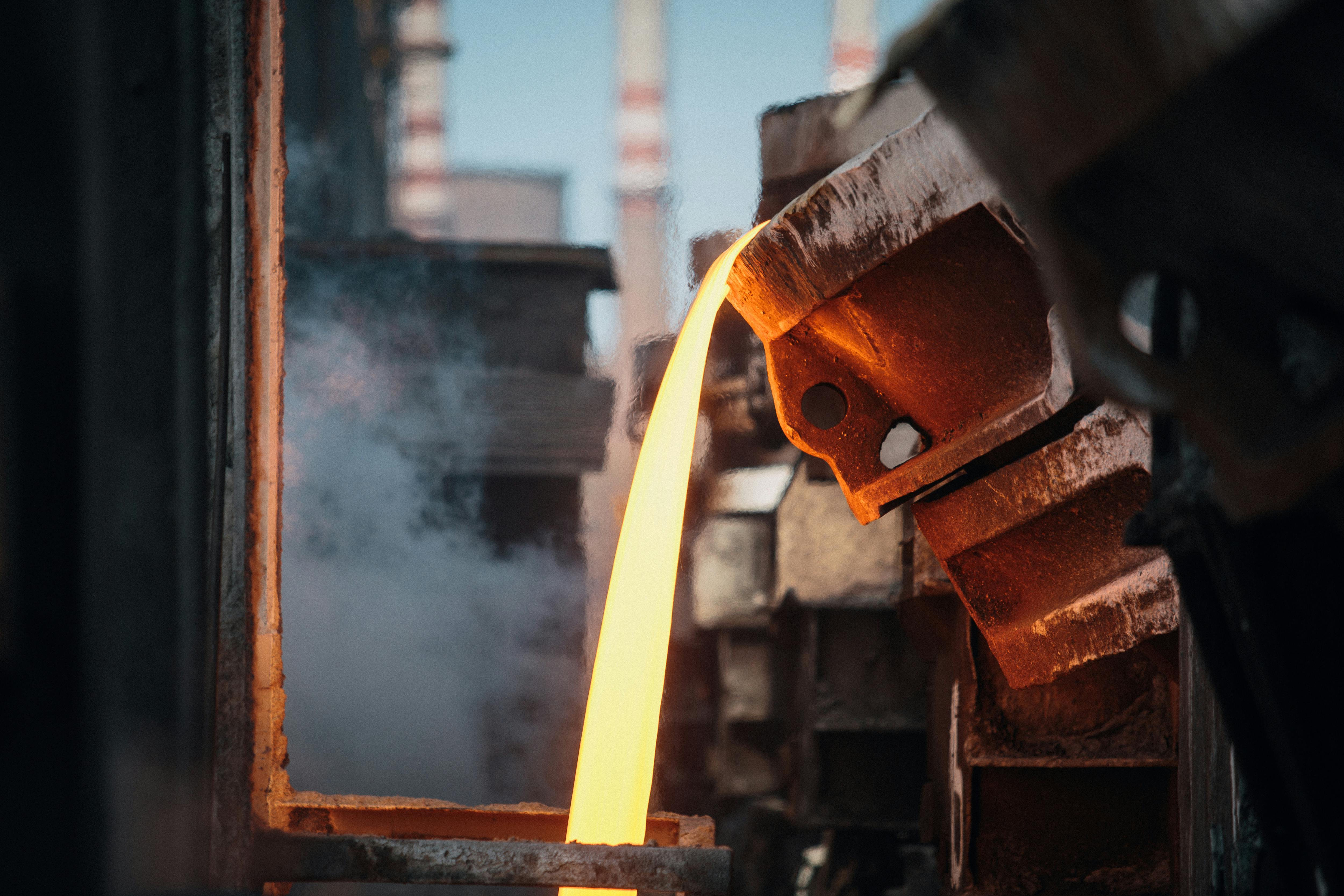
European steel mills continue to advance modernization and transformation
2025-03-18

Information source: World Metal Bulletin 2022-03-18F02 Time: 2022-03-18 00:00:00
In order to improve production efficiency, enhance environmental performance, and expand product range, European steel mills implemented a large number of modernization projects in 2024, with related investments mainly used for upgrading upstream and downstream facilities.
Upgrading of coking and ironmaking facilities
In April, ArcelorMittal Spain upgraded its sintering plant at the Asturias steel plant in Xihong to reduce its negative impact on the environment. In this project, the A sintering plant with an annual production capacity of 2.7 million tons is equipped with a new bag filter, dust collection system, and suction hood for one cooler.
In August, Czech Trinecke Zelezarny Steel Company completed a project to equip its Trinec factory with a new filtration system, which is in line with the company's previously announced strategy of improving product quality, reducing energy consumption and emissions, and increasing metallurgical gas processing capacity. The company has installed dust collectors for its No.1 sintering plant to ensure the capture of at least 30 tons of dust annually.
In May, Tata Steel Netherlands upgraded its coking facility in Emmerdan with the aim of improving production efficiency, equipment availability, and sustainability. In this project, the 2nd coke oven is equipped with a brand new desulfurization tower.
In January, the German company Salzgitter completed the upgrade and renovation of blast furnace A at the Flachstahl factory. After the renovation, this blast furnace with an annual production capacity of 2 million tons has been comprehensively upgraded, improving its environmental impact. The company has completely replaced the refractory lining of blast furnace A and upgraded the process flow and control system. In June, Salzgitt continued to renovate blast furnace A and equipped it with a new bell less top loading system provided by the Paulwater Group, providing better maintenance options for the blast furnace.
In December, HBIS Serbia implemented an environmental protection project, including equipping a blast furnace with a coke saving solution for an annual production capacity of 2.1 million tons. Due to the optimization of raw material procurement, improvement of material conservation measures, and control of process parameters, the consumption of coke in the blast furnace has been reduced, and production efficiency has been improved.
Upgrading and renovation of steelmaking facilities
In January, Greek company Sovel upgraded and renovated its steelmaking equipment at its Almiros factory. This 130 ton (annual production capacity of 1.35 million tons) electric arc furnace is equipped with a Motank system for cleaning slag gates, aimed at reducing the risk of worker injury and minimizing power outages.
In April, Cognor, a Polish company, upgraded and renovated the electric arc furnace at the HSJ factory located in Starovavola. This 50 ton (annual production capacity of 200000 tons) electric arc furnace adopts Q-ONE technology and replaces the original electric arc furnace transformer. This investment has reduced costs and improved production efficiency.
In July, Dillinger Steel Company in Germany replaced the original converter with a new 200 ton converter at its Dillinger plant, achieving long-term safe high-performance steelmaking operations.
In October, the Italian Pittini Group installed an innovative multi fuel burner for electric arc furnaces at the Ferriere Nord steel plant in Osobo. This device aims to efficiently utilize a mixture of natural gas and hydrogen gas (with a hydrogen ratio of up to 100%), and is a new solution for the steel industry. This technology aims to facilitate a complete transition from fossil fuels to hydrogen, contributing to a more sustainable steel production process that aligns with the industry's goals of reducing environmental impact and promoting innovation.
In December, ABS, a subsidiary of Italy's Danieli Group, completed the upgrade and renovation project of its electric arc furnace located in Sisak, Croatia. This 67 ton electric arc furnace is successfully equipped with EBT-SAND steel outlet detection and sand filling device. This project focuses on improving the accuracy and automation of processes, as well as the reliability and production efficiency of electric arc furnaces.
Upgrading and renovation of continuous casting facilities
In February, Zeleziarne Podbrezova company in Slovakia upgraded and renovated the cooling chamber of the billet continuous casting machine at the Podbrezova factory. By completely replacing the existing carbon steel cooling chamber structure with a new stainless steel structure, the operating cycle of the device was extended.
In April, Swiss company Duferco upgraded the slab continuous casting machine at the Makstil factory in Skopje, Macedonia to achieve fully automated casting operations. The project aims to improve the automation and flexibility of the production process, and enhance personnel safety.
In September, Feralpi Group in Italy upgraded and renovated its six strand billet continuous casting machine at its Lonato del Garda factory. This continuous casting machine with an annual production capacity of 1.2 million tons is equipped with a new fast changing intermediate ladle technology, which can significantly shorten the time for replacing the casting device. In addition, the continuous casting machine is equipped with a new extendable vibration device to improve production efficiency.
Upgrading of plate rolling equipment
In January, ArcelorMittal France upgraded and renovated the equipment at the St. - Chly d'Apcher factory. In this project, a cold rolling mill with an annual production capacity of 180000 tons is equipped with a new rotary shear machine in the export area. This measure has improved product quality and increased the production efficiency of the production line.
In January, Germany's ThyssenKrupp implemented a new stage of hot rolling mill renovation at its Hoesch Hohenlimburg factory in Hagen, installing the HPH precision strip heat treatment technology from Tenon Loh.
In February, Dillinger Steel expanded its product range and equipped its medium and thick plate rolling mill with an annual production capacity of 1.7 million tons with "D-PURE" technology, which can produce plates of different steel grades with lower carbon dioxide emissions.
In June, Tata Steel Netherlands installed a testing device for its hot rolling mill at its Emmerdan plant, which can quickly test the performance of steel and conduct testing and certification on each roll of steel. The introduction of this technology has consolidated the company's position in the thicker, stronger, and more wear-resistant steel market, while shortening the development cycle of new steel and the delivery time of steel to customers.
In September, ArcelorMittal Germany upgraded the automation system of its Eisenschtenstadter hot rolling mill, with a focus on improving the production efficiency, reliability, and availability of the mill.
In September, Dansteel, a subsidiary of Russia's Novolipetsk Steel Group located in Denmark, upgraded its Frederiksvaerk factory to continuously improve product quality. The project includes equipping 56 MAC pulse valves for a medium thick plate rolling mill with an annual production capacity of 720000 tons. These valves improve the normal operation time of the equipment and extend the service life of the filter bag.
In September, Clabecq, a Belgian subsidiary of the New Lipetsk Steel Group, upgraded its medium and thick plate rolling mill at its Charleroi plant to improve product quality. The steel manufacturer has equipped this device with InThickness technology, which has an annual production capacity of 750000 tons, to achieve high-precision control in the production of plates with a thickness of up to 15mm.
Upgrading of galvanizing equipment
In January, the French branch of New Lipetsk Steel Group completed the upgrading and transformation of its hot-dip galvanizing production line in Strasbourg. This facility with an annual production capacity of 400000 tons is equipped with a new predictive furnace control solution using Virtuo-L technology, which improves product quality and equipment production efficiency, and prevents human errors.
In August, ThyssenKrupp upgraded the galvanizing equipment at the Kreuztal Eichen factory and equipped the No. 5 hot-dip galvanizing production line with technical solutions aimed at improving process efficiency, conserving resources, and improving product quality. In December, the company upgraded the walking beam heating furnace at its Duisburg Bruchausen factory to improve the quality of silicon steel.
Upgrading of long product rolling equipment
In February, Italian steel and special steel manufacturer AFV Beltrame completed the upgrade and renovation of its rolling equipment at its Stahl Gerlafingen factory in Switzerland. This wire mill with an annual production capacity of 600000 tons is equipped with new pinch rollers and high-speed spinning machines to fully utilize the heating furnace and shorten the total length of steel coils for easy transportation.
In April, voestalpine Group completed the upgrade and renovation of its wire rolling mill and produced the first batch of high-quality green wire at its Donawitz factory.
In April, the Polish company Cognor upgraded its long rolling equipment located in Krakow. The rolling mill with an annual production capacity of 375000 tons located at the Feroschtar Rabedi factory is equipped with a new heating furnace to improve efficiency and productivity.
In September, Celsa Group in Spain upgraded the long rolling mill at its Armeringstal factory in Moirana, Norway to improve production efficiency. In this project, the four G1 precision rolling stands of the 550000 ton rolling mill have been replaced with the latest generation RedRing series five stands. The new rack can reuse the existing rollers and related roller changing devices in the workshop. Similarly, the new connecting rod is compatible with the existing rolling rail device.
